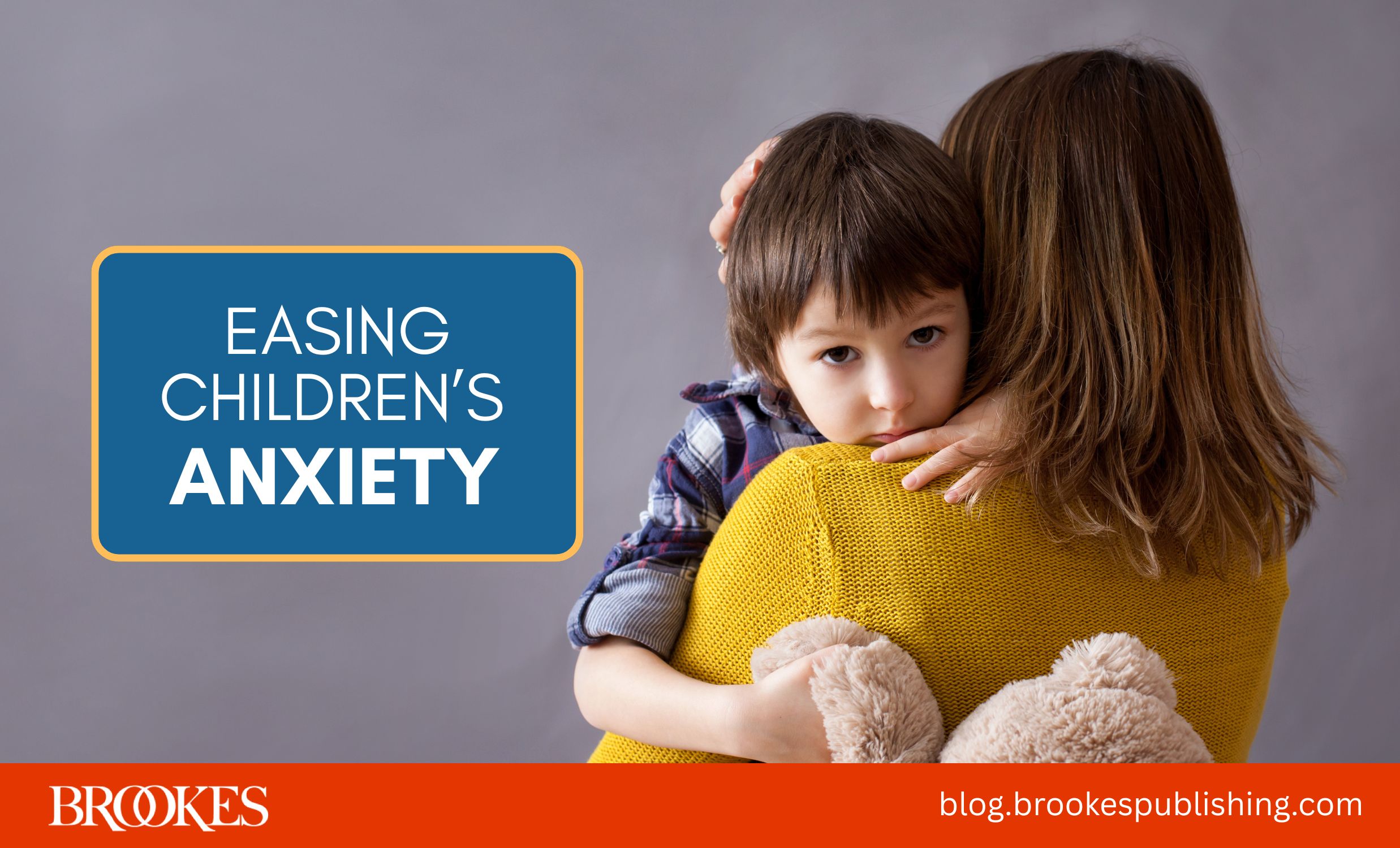How can you help parents do more of what they’re already doing right to support their child’s development?
May 12, 2019
Find out in this Q&A with the authors of PICCOLO™: Parenting Interactions with Children: Checklist of Observations Linked to Outcomes
BONUS: Download a free handout to share with parents on “29 Things Parents Do That Predict School Readiness.”
PICCOLO measures parent–child interactions. Why is it important to measure positive parenting interactions?
Early parent-child interactions that involve affection, responsiveness, encouragement, and teaching, in infancy and early childhood, provide essential support for children's earliest development. Our research, and that of many others, shows that early parent–child interactions during the infant toddler years predict children's academic and social functioning many years later.
PICCOLO in our research predicts academic and social outcomes at kindergarten entry and when children are in the 5th grade; this highlights the importance of parent-child interaction early in life. Because these interactions are so important, many programs aiming to increase school readiness for very young children—particularly home visiting programs—emphasize parent–child interactions as a primary means of increasing the environmental support for children's early development.
By using this observational measure of developmental parenting, practitioners can provide specific feedback to parents about the things they are doing that are good for their children's development. Programs that emphasize parent–child interactions as a valuable outcome should be measuring these interactions as an indicator of program effectiveness.
Q: You have written extensively about an approach to parenting called developmental parenting. Can you describe this approach? How does PICCOLO relate to developmental parenting?
A: The phrase developmental parenting refers to the kinds of parenting behaviors that support children's development, the behaviors that PICCOLO measures, but it also refers to an approach for working with parents that emphasizes parents' strengths in these behaviors.
A developmental parenting approach, described in the book Developmental Parenting: A Guide for Early Childhood Practitioners, encourages parents to increase developmentally supportive behaviors they are already doing with their children. It is a strengths-based approach that uses observation and positive feedback to help parents increase their support for their children's development. PICCOLO is a tool to use with this approach.
BONUS: Read about PICCOLO at a glance.
What types of programs should use PICCOLO? Who should administer the tool?
PICCOLO is valuable for any program aiming to increase developmentally supportive parent–child interactions, but especially for home visiting programs such as Early Head Start, Healthy Families America, or Parents as Teachers.
Any practitioner who observes parent–child interactions can learn to use the PICCOLO tool reliably.
How do these programs benefit from using the tool?
Programs that use this tool can identify parenting strengths and use that information to guide program planning and to evaluate program effectiveness.
Programs that have been using it say that it benefits their programs by helping staff members see the value of developmentally supportive parenting and helping parents realize how much they can do to support their children's development.
What should parents, who have been observed using PICCOLO, take away from the experience?
Parents who have been observed typically receive feedback about what is working in their interactions to support their children's development. This feedback helps parents realize how many simple things they already do are helping prepare their children for success in school and in life. Parents also realize that they can build on the skills they already possess.
BONUS: See sample items from PICCOLO.
How do young children benefit from PICCOLO?
Young children benefit from PICCOLO because their parents learn easy ways to increase the developmental support available in these children's everyday environments.
Because PICCOLO, when used in a developmental parenting approach, provides feedback for what parents are already doing, it is easy for parents to increase these behaviors and increase their positive interactions with their infants and young children to support early development in multiple domains. As a result, children will be on a strong developmental pathway toward school readiness, academic achievement, and life success.
What are the obstacles to observing parent interactions? Do you have recommendations for overcoming these challenges?
Some people are very self-conscious about being observed, but observations can be informal and brief. As parents become more comfortable with being observed and receiving positive feedback, this barrier is almost always overcome.
We recommend video recording observations to watch with the parent later, but video recording is not required in order to use PICCOLO effectively.
What sort of training do you recommend for using PICCOLO?
The PICCOLO User's Guide and the DVD provide enough information to get people started using PICCOLO. There is a training presentation on the DVD and several videos to use for practicing PICCOLO observations.
In addition, the authors of PICCOLO are available for training workshops at program sites.
Can you describe a program that has used PICCOLO and how that improved their work with parents?
A number of programs are using PICCOLO in their work with families. PICCOLO is often done early in the program as a home visit activity and then repeated every few months. Home visitors say that they can use the information from PICCOLO to help them identify how parents are comfortable interacting with their children, to highlight parents' strengths, and to guide planning for home visit activities.
Program managers find that the PICCOLO data show the strengths in the families they serve, demonstrate program effectiveness, and identify areas where home visitors may need more training.
Stay up to date on the latest posts, news, strategies, and more!
Sign up for one of our FREE newslettersTopics
More posts like this

9 Ways to Strengthen Family Partnerships
September 25, 2025
8 Actions That Help Ease Young Children’s Anxiety
September 15, 2025

Write a Comment
Your email address will not be published. Required fields are marked *
Post a Comment